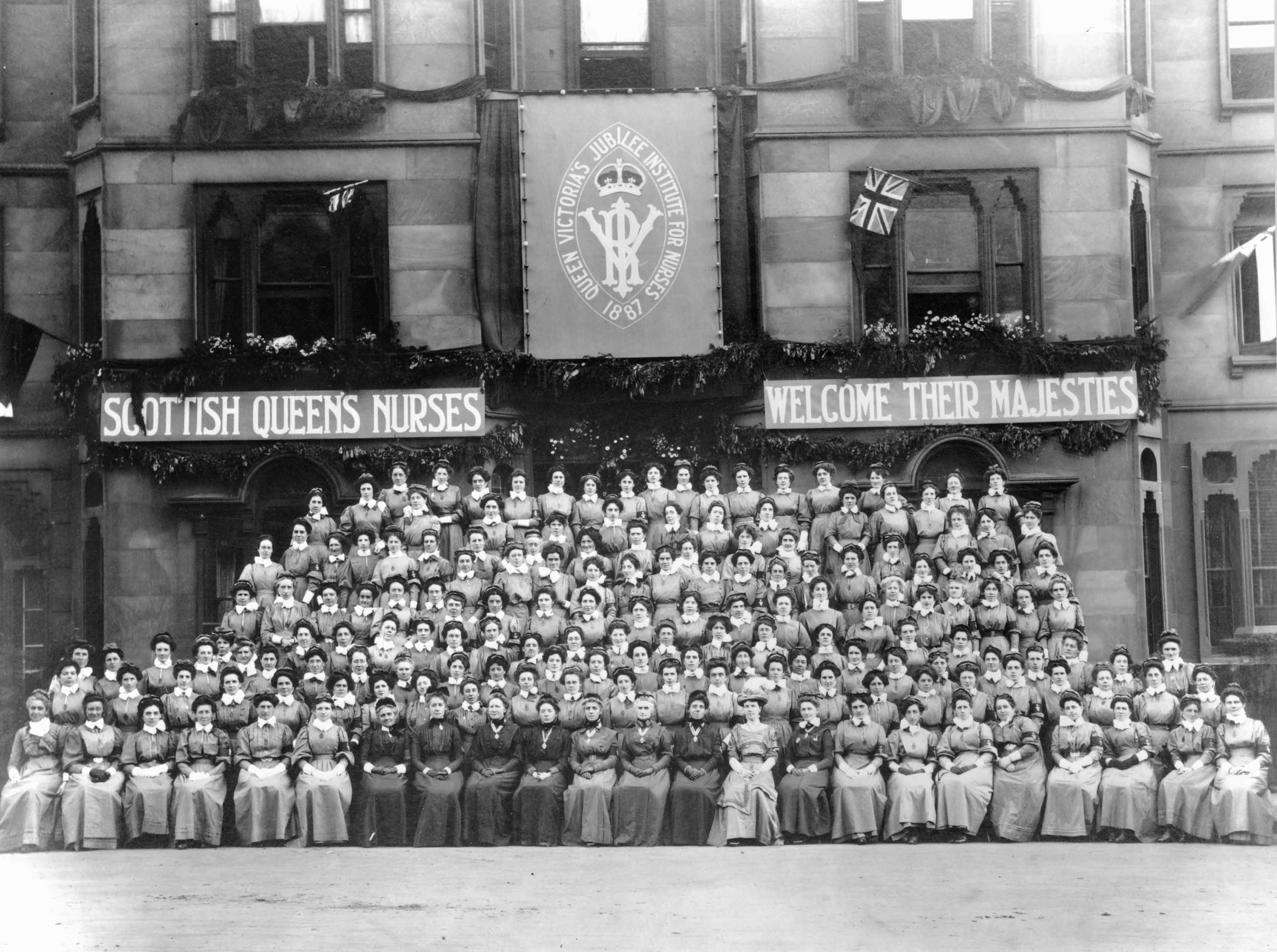
Our history
QNIS was originally named the Queen’s Jubilee Institute of Nurses, because we were founded through a donation from Queen Victoria on the occasion of her Golden Jubilee in 1889. The organisation was established to provide training for nurses so they could care for the ‘sick poor’ in their own homes and communities, with a specific focus on those who could not afford a private nurse or hospital.
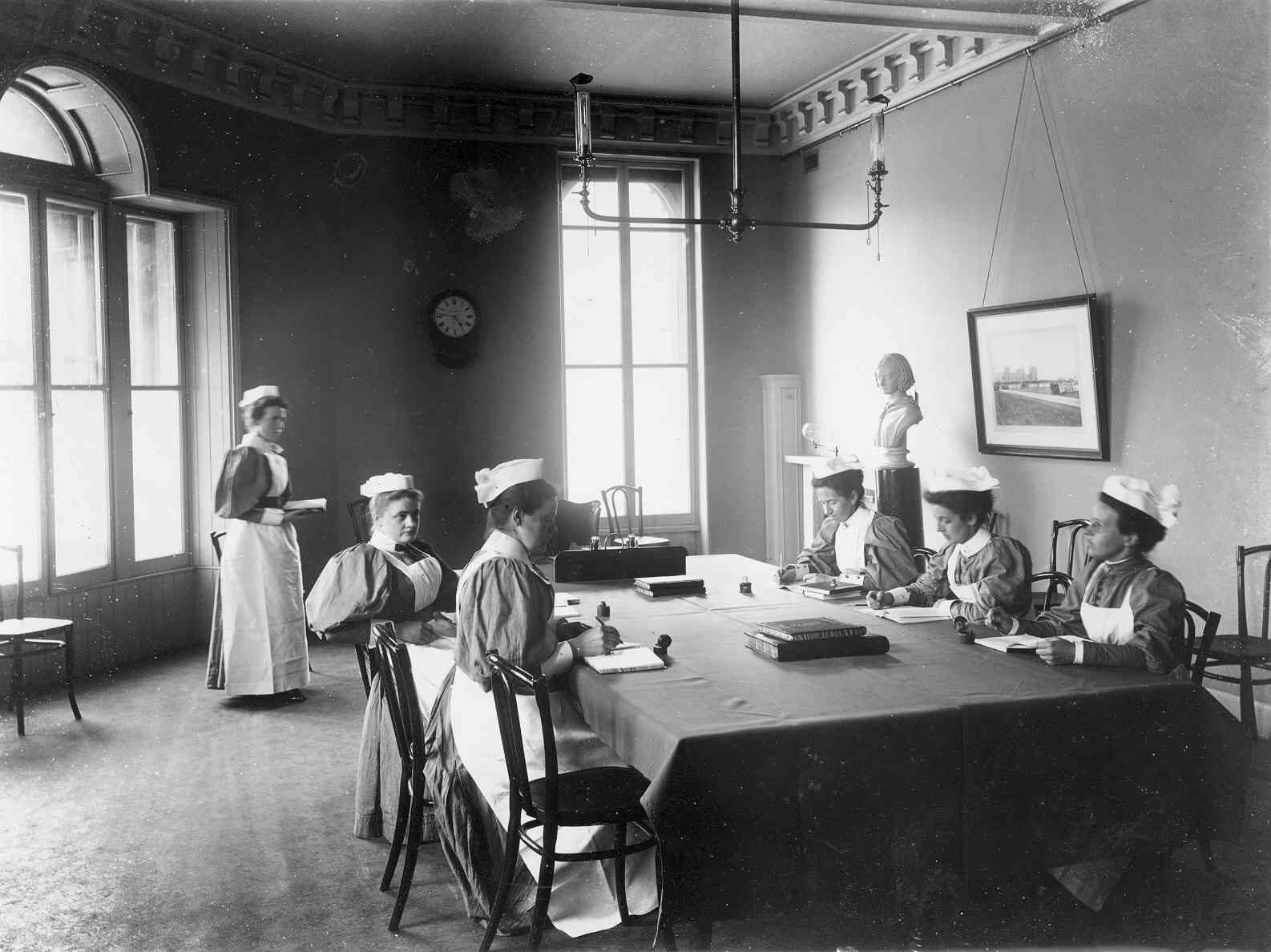
The move to Castle Terrace
The Institute quickly moved from its original office in North Charlotte Street to larger premises on Castle Terrace. Beginning at number 29, the building was a training centre as well as offices and a residential home for nurses. As more space was needed, the Institute bought up adjacent properties including number 31, where QNIS is still based today.
Key figures in the early years
Three extraordinary women helped shape QNIS. Christian Guthrie Wright was supported by Louisa Stevenson and Princess Louise, the Duchess of Argyll, the daughter of Queen Victoria. All three were actively involved in the suffragette movement and committed campaigners for women’s education. William Rathbone, a philanthropist from Liverpool, supported the development of district nursing with the guidance of Florence Nightingale. And Edinburgh surgeon Joseph Bell also played a key role as a consistent advocate for women’s suffrage and for nursing, and served as chair of the executive council.

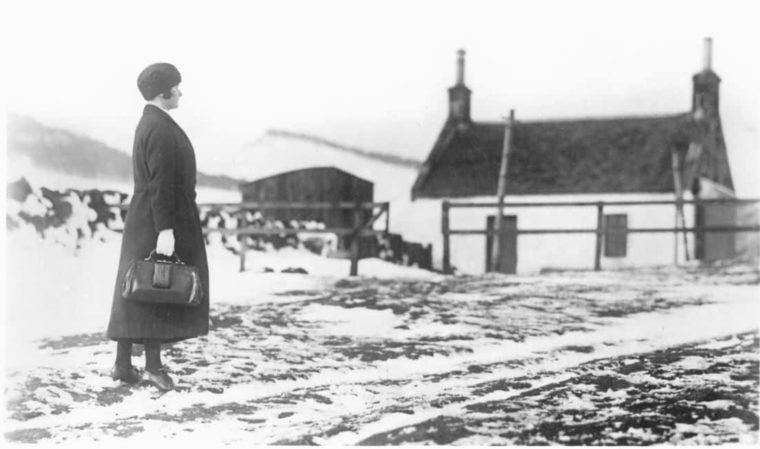
Queen’s Nurses across Scotland
By 1920, there were training centres in Edinburgh, Glasgow, Dundee, Aberdeen, Paisley, Motherwell, and Clydebank. By 1925 the Institute had trained 1,737 nurses, who treated more than 100,000 people and made over 1.5 million home visits.
Most Queen’s Nurses provided cradle-to-grave care as midwives, health visitors and district nurses, and in Scotland’s most isolated communities they were often the only qualified health professional.
The Singer sewing machine company funded one of two Queen’s Nurses in Clydebank and the John Brown shipyard contributed £50, the proceeds of entrance money to view the luxury liner Lusitania. Fife miners employed a Queen’s Nurse from profits from Gothenburg community pubs – modelled on the system in the Swedish city to reduce alcohol harm by serving beer and cheap food but not spirits. In Prestonpans, every miner paid weekly, and every fishing boat made a yearly contribution.
The impact was startling. Edinburgh’s renowned medical officer of health, Sir Henry Littlejohn told a meeting that Queen’s Nurses had completely revolutionised the treatment of the ‘sick poor’ in the city achieving a remarkable fall in the death rate.
First and Second World Wars
The First World War saw many Queen’s Nurses join up for service at home or overseas. Among those who didn’t come back were Louisa Jordan, who died of typhus in 1915 serving with the Scottish Women’s Hospitals in Serbia, and Jessie Jane Paterson who died from dysentery in 1916. Windows at Castle Terrace were shattered during a Zeppelin raid in 1916.
Queen’s Nurse Annie Mackinnon joined the French Flag Nursing Corps during World War I. She was awarded a Croix de Guerre by France in 1918 ‘for conspicuous bravery in continuing to care for the sick and wounded under enemy fire’. During the Second World War Annie was superintendent of a hospital train which was blown up at Newmarket. She suffered a broken back, and spent two years recovering before returning, aged 69, to her post with the Frontier Nursing Service in Kentucky, USA.
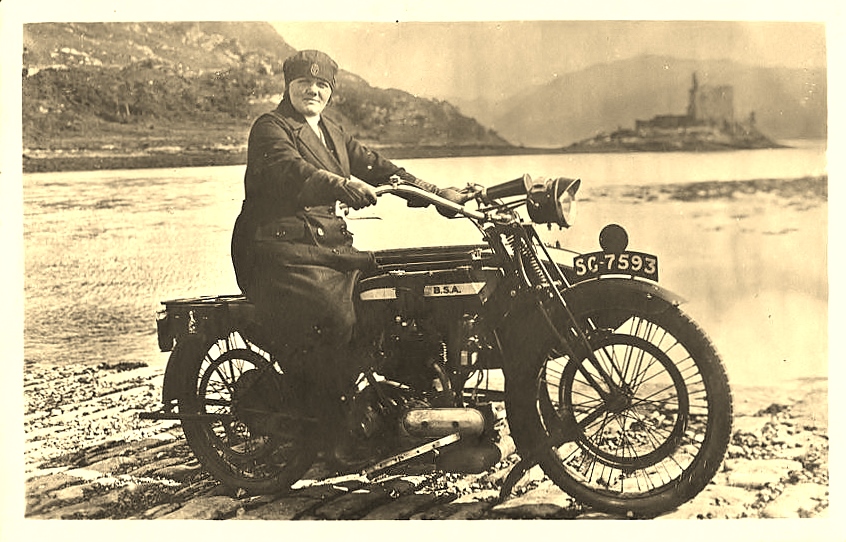

Pioneers of the late 20th century
When the NHS took over the training of nurses, QNIS turned instead to funding a range of educational projects in Glasgow, Inverness and Edinburgh to improve teaching of district nursing, palliative care and mental health.
The impetus for change was led by three refugees from Nazi persecution: Lisbeth Hockey, Annie Altschul and Ekke von Kuenssberg. The University of Edinburgh provided a key focus with the development of a nursing training unit headed by Elsie Stephenson. In 1971, Lisbeth Hockey was appointed director of the Nursing Research Unit at Edinburgh, the first of its kind in any European university. Her PhD was a study of district nursing.
And in 1976, Altschul was appointed as the second chair of nursing studies at Edinburgh. Her research included a focus on mental health care for people in the community – partly based on work at Dingleton Hospital in Melrose, the first psychiatric hospital to implement an open-doors policy. This had particular significance for the policy of moving from institutional to community care.
Queen’s Nursing in the 21st Century
Today QNIS and the contemporary Queen’s Nurses continue the tradition of promoting compassionate, person-centred care that reduces inequalities and improves outcomes.
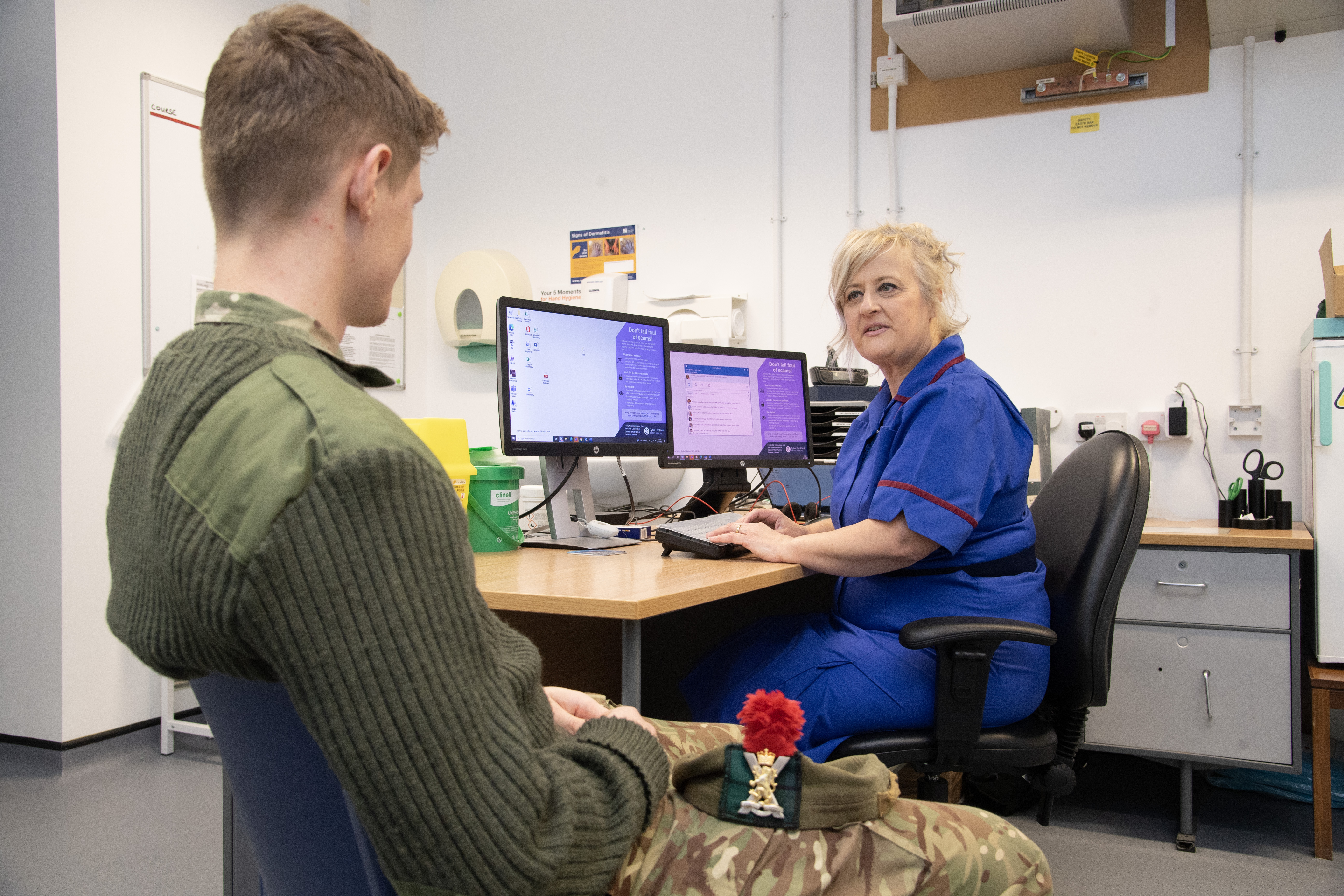
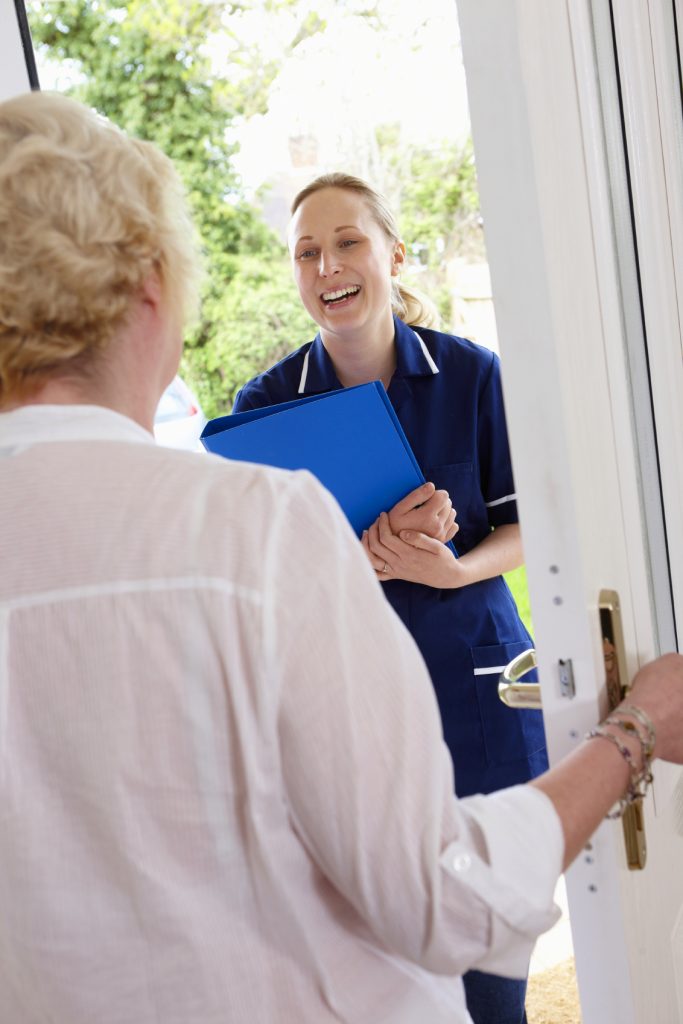
We’re still making a difference
We support community nurses and midwives working across every corner of Scotland, helping them to make a difference to people's lives.
What We Do